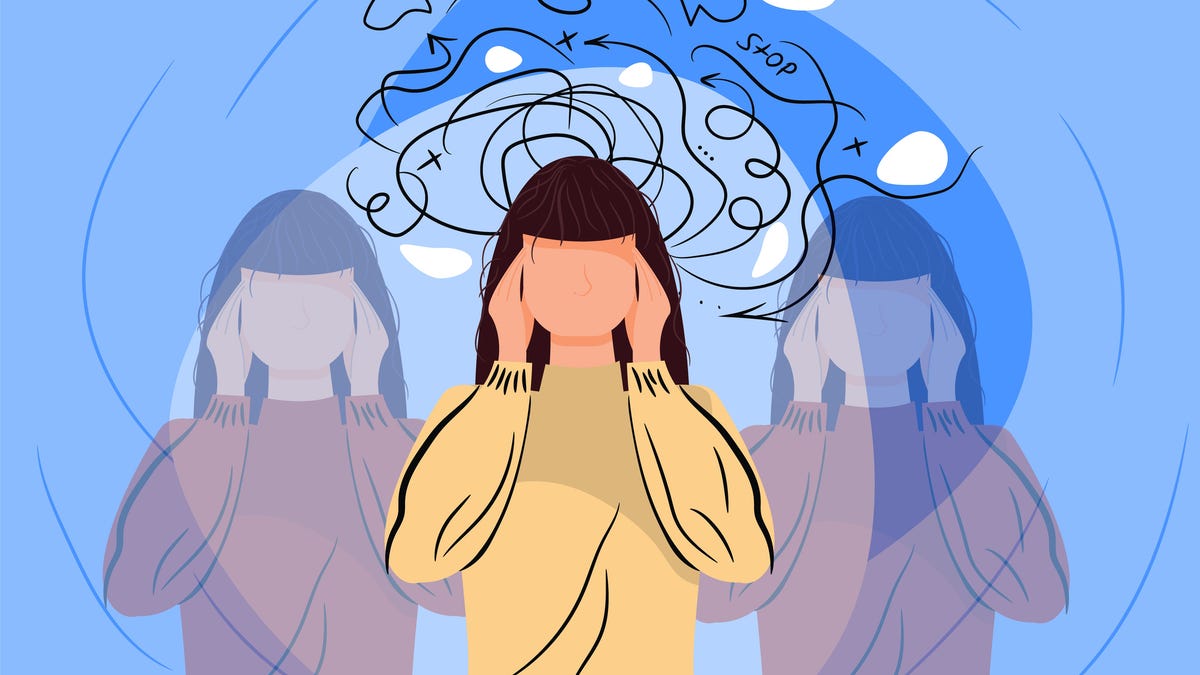Introduction

A borderline personality disorder is one of the mental issues that is becoming more popular in the modern world due to the unstable environment. Even though the problem is found in about 1.7% of the general population, people should continue paying serious attention to BPD to prevent further mental issues (Gunderson et al., 2018). Figure 1 provided above shows borderline personality disorder from different perspectives.
Discussion
From the rhetorical context, the picture shows that people usually suffer from self-harming thoughts, personality splits, and suicidal attempts (Gunderson et al., 2018). It is also seen that the non-stop thread of negative thoughts makes an individual tired and overwhelmed. Therefore, it is important to understand the influence of the audience on individuals and how their skills and cultural differences affect people.
The audience’s ethos, which participates in the development of mental issues, is strong as parents, co-workers, or fake friends have the skill to influence the person (Stucki & Sager, 2018). Therefore, they might start thinking about their sense of life and attempt to harm themselves. The individual is presented in the role of the pathos audience in the development of borderline personality disorder. Pathos appeals to nostalgia and memory, which may make people more depressed when they think about happiness in the past (Stucki & Sager, 2018). Some people have the skill to retrieve positivity from watching old videos or photos.
However, in some cases, individuals cannot cope with nostalgia, and depressive thoughts ruin their mental condition. Therapists can play the role of a logos audience as logical thinking directly indicates the concept (Stucki & Sager, 2018). People with BPD can treat their problems using statistics and graphs of their daily routines. Therapists have the skill to find the right approach for every individual and help to cope with the issue. The cultural aspect is crucial in treating BPD. In some nationalities, the influence of the surrounding is stronger than in others, and therapists should pay more attention to the problem handled inside families.
Conclusion
In conclusion, borderline personality disorder might not be visible at first sight as it may be confused with ordinary apathy. Surrounding people may influence the development of the issues. Therefore, the audience of ethos, pathos, and logos should be identified before starting treatment. Even though the symptoms may be similar, the process of solving the problem can be diverse due to the cultural differences and preferences of the individual.
References
Gunderson, J. G., Herpertz, S. C., & Skodol, A. E. (2018). Borderline personality disorder. Nature reviews disease primers, 18029. Web.
Leamey, T. (2022). Borderline personality disorder: What it is and how to get help. CNET. Web.
Stucki, I., & Sager, F. (2018). Aristotelian framing: Logos, ethos, pathos and the use of evidence in policy frames. Policy Science, 51, 373-385. Web.